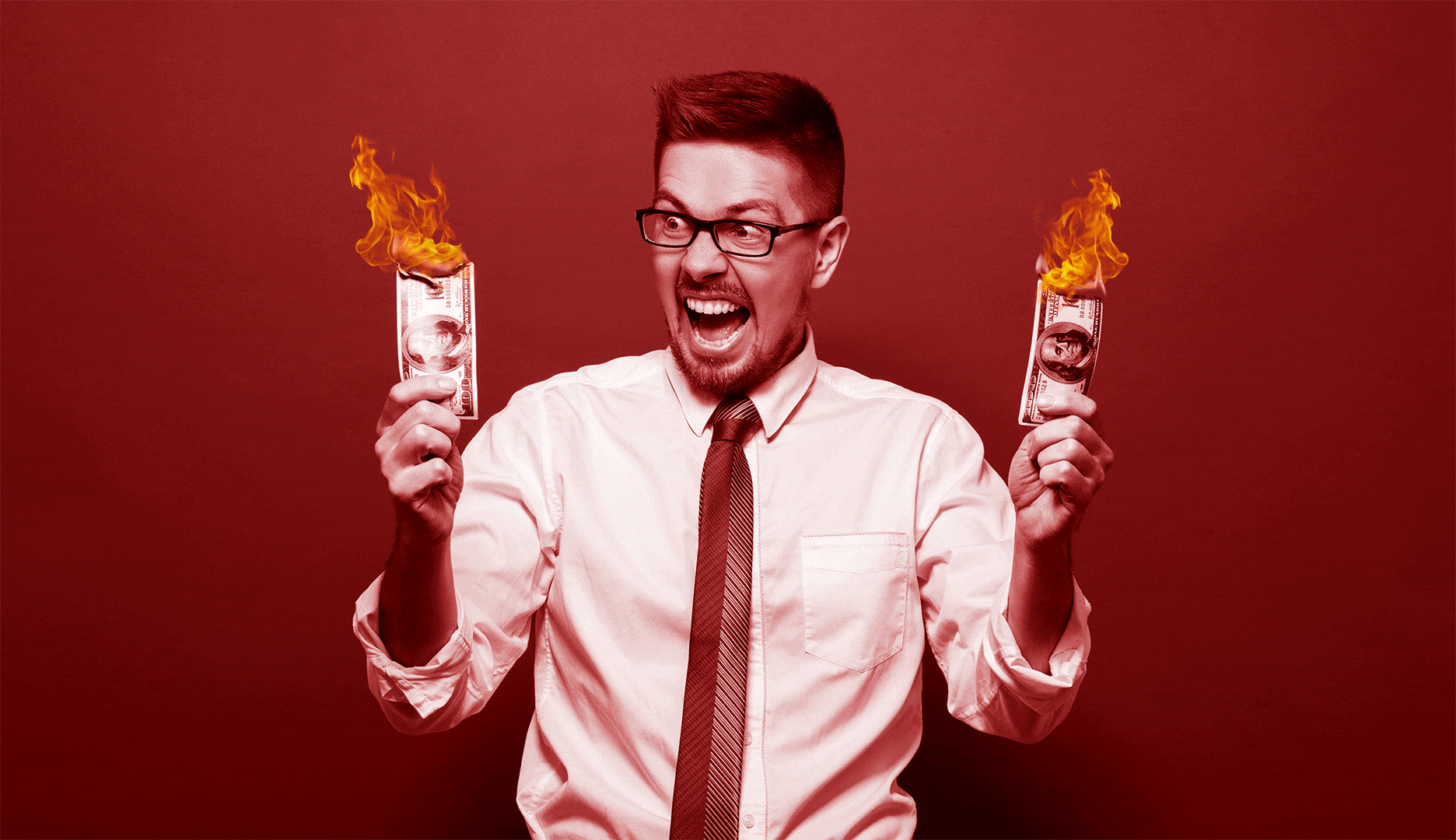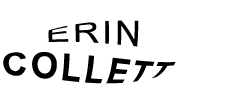
Why do creative agencies charge so much?
Thanks to platforms like Squarespace and 99Designs, you can have a logo and website by COB for under $5K. So why pay a creative agency so much more?
The critical difference is in understanding that you’re not simply buying a logo or website. What you’re actually buying is influence over the perceived value of your company.
This intangible value is known as brand equity.
Your brand equity determines how loud your voice is at the table — and ultimately — how likely you are to positively influence the outcomes the survival of your company depends upon.
This is because brand equity equals trust. And in trust lies the path to persuasion.
Trust and it’s persuasive powers (as embodied by brand equity) are invaluable assets — whether you’re a private enterprise selling a product, a Government Department promoting an initiative, a Charity attracting donations, or an individual campaigning an idea.
Innately fragile, your brand equity is quantified by the ever-changing perceptions of the content-fatigued masses. You are just one of the billions of voices vying for a moment of their attention. Even if you do get it, a moment later you may be forgotten — or worse — remembered for the wrong reasons.
And so, the minutia of every single brand interaction must be considered as an opportunity to either build or lose interest. To build or lose trust.
These opportunities encompass everything from the accessibility, usability, and durability of your product, to the tone, style, medium, and frequency of your communications. They begin from the moment someone is made aware of your brand, through to their researching, buying, and using of your product. Even the disposal of your product has become critical thanks to increasing consumer demand for sustainable practices.
To be clear — your brand is not your logo, and it certainly isn’t your website.
Your logo and website are simply two parts of an extensive suite of assets that make up your brand’s toolkit. Rather, your brand is defined by how consumers feel about your company as a result of the experiences you have engineered for them through the design and application of this brand toolkit.
Everything is experienced, therefore experience is everything.
This means that to rise and endure, companies must become increasingly deliberate, consistent, and responsive in strategically crafting their own brand narrative.
This is what allows brands to defy logic.
Objectively speaking, Nike is just sportswear, Coke is just bubbly brown sugar-water, and McDonald’s is just an unhealthy decision that leaves a weird smell in your car for days.
Almost certainly, each of their products are paralleled by cheaper, less familiar options. Yet, as consumers, we instinctively gravitate towards the brands we know. The brands we trust.
This is because these brands represent so much more than products. They are more than the sum of their parts, and they represent branding at its best.
In becoming the best, these brands have earned unfathomable brand equity — and with it, the advantage of relative stability in the market. This enables them to do something that is too risky and inaccessible for most. In their position of relative safety, they can begin to re-direct significant advertising dollars, time, and energy towards the creation of social capital. This investment further strengthens their own brand equity, which in turn, generates more profit.
Consider Nike’s Dream Crazier, Dream Further, and Dream With Us — an inspiring series of videos that campaign to challenge prohibitive stereotypes in professional sport. The narrative of each video stands firmly behind the cause, while the word ‘Nike’ doesn’t make a single appearance. But, it doesn’t need to. We know exactly who is talking.
Such is the power and potential of highly strategic branding.
These are brands whose leaders have long seen the value in anchoring their brand strategies in behavioural psychology, insights, quality, differentiation, positioning, personality, authenticity, creativity, aesthetics, and relentless consistency.
All of this requires the appropriate allocation of time and resources.
As such, strong brand equity rarely materialises by COB in the form of hastily produced logos and websites.
And, the more equity your brand has (or the more you want), the more you stand to lose by getting your brand strategy wrong.
The risk is high.
This equates to an enormous (but exciting) responsibility for the creatives and strategists you entrust with crafting this complex and fragile brand narrative.
Sure, spending a few grand might get you an ok result in the short term; but, if you’re serious about building brand equity — an investment in the right experience, talent, and creative vision is inevitable.
So, I leave you with two options.
- Risk setting fire to $5K by spending it on something unremarkable, and in turn, risk losing significantly more. or;
- Team up with the right creative agency and give your brand a shot at really meaning something.

